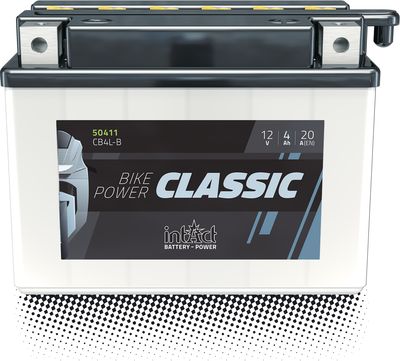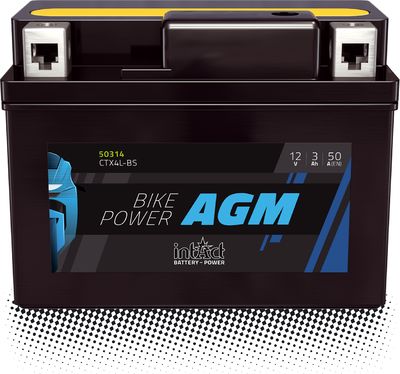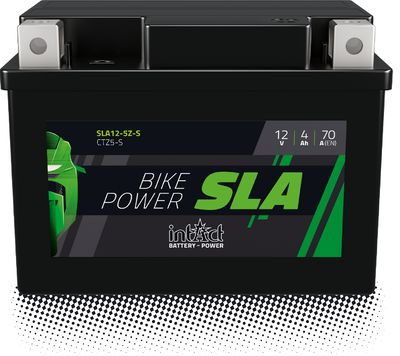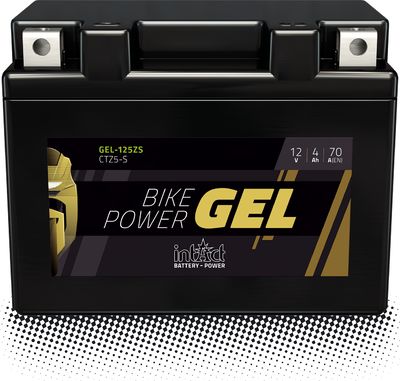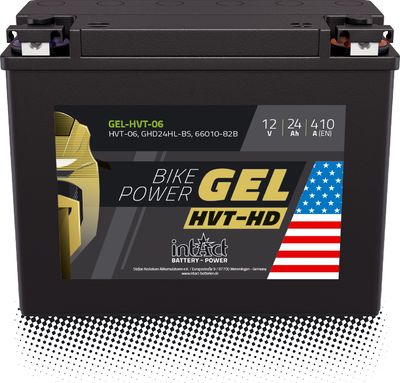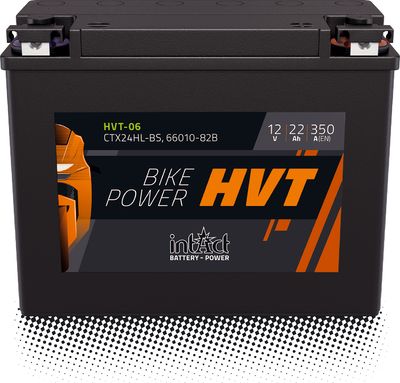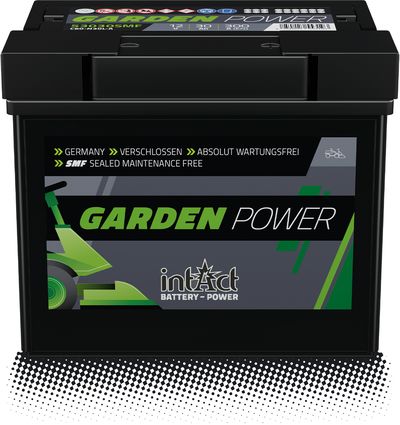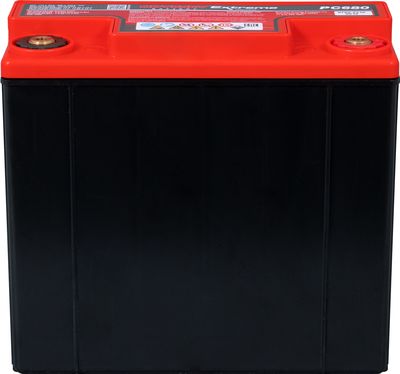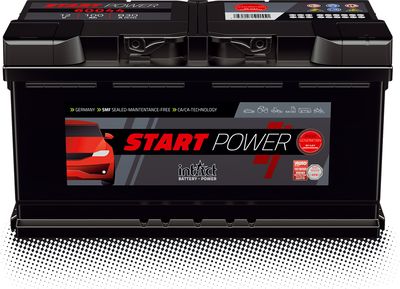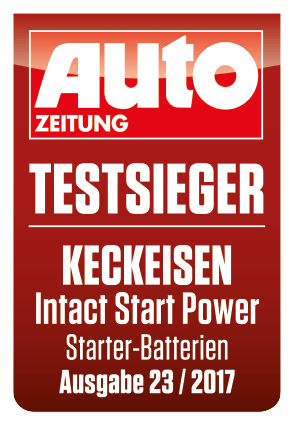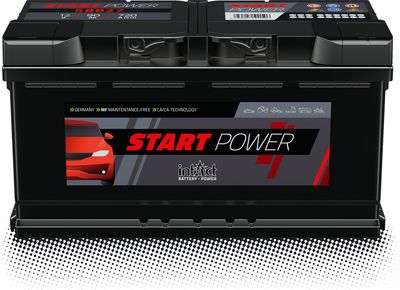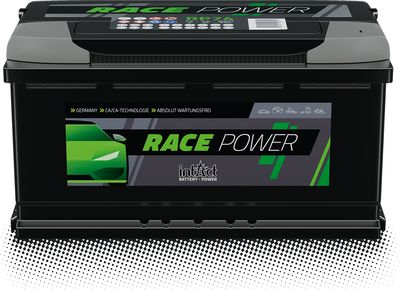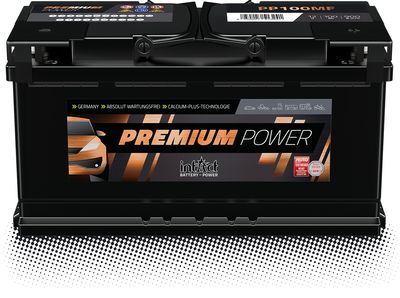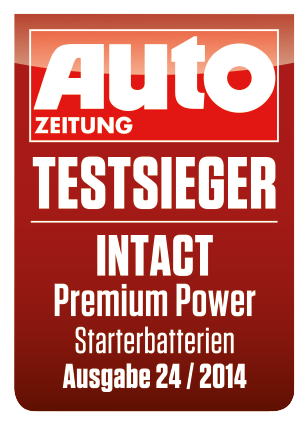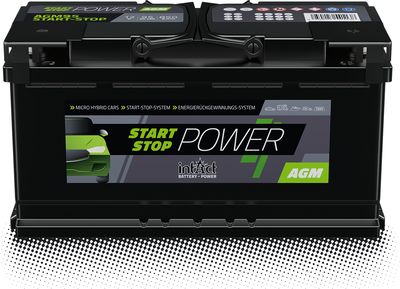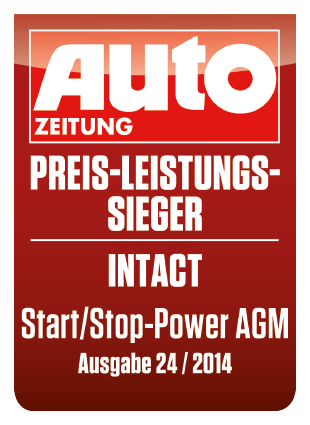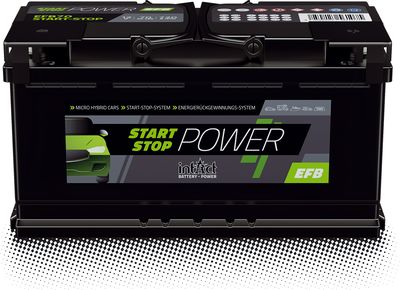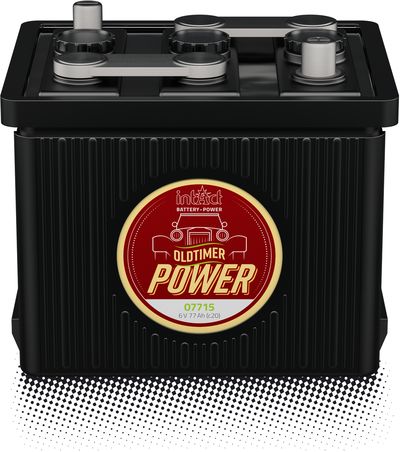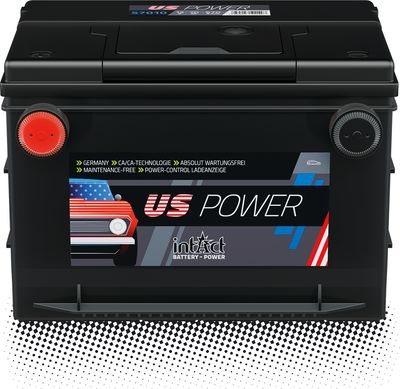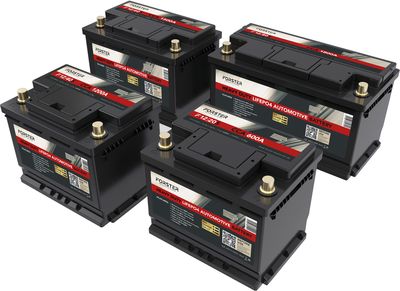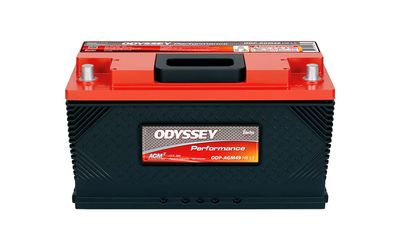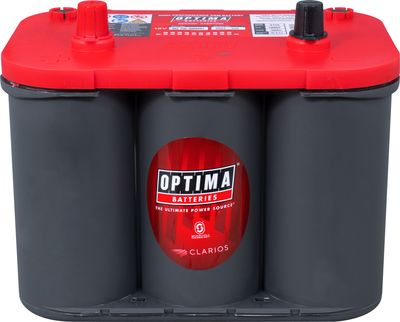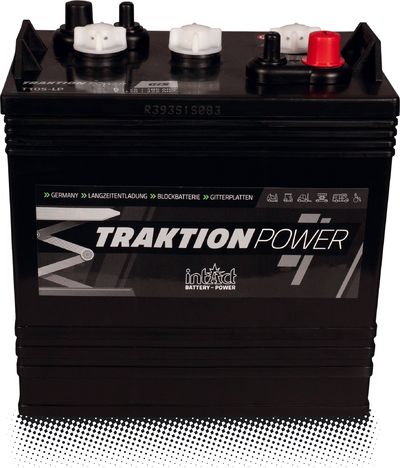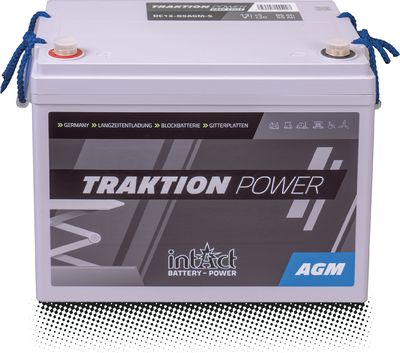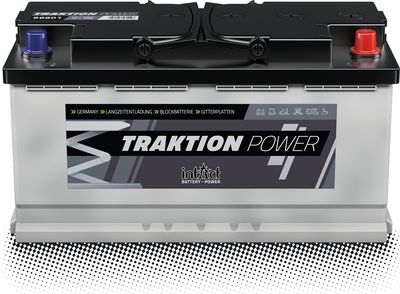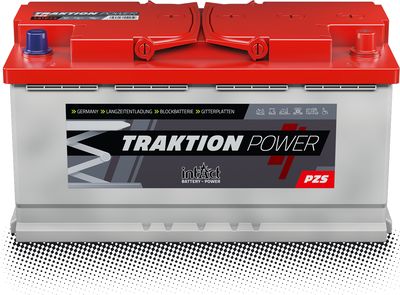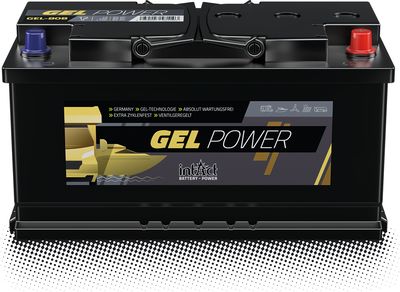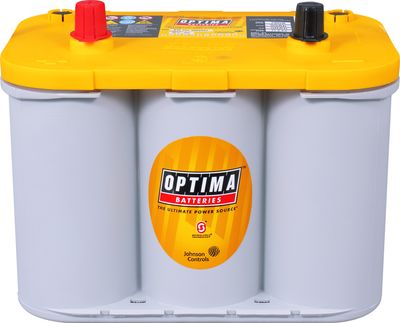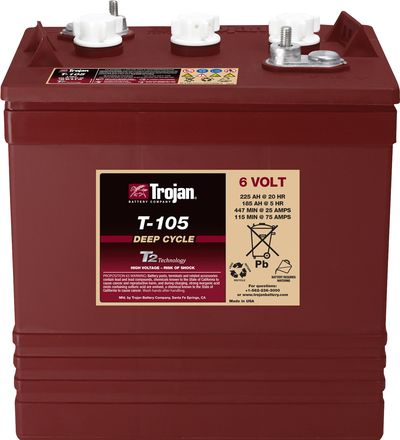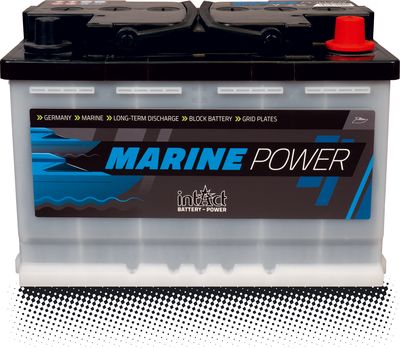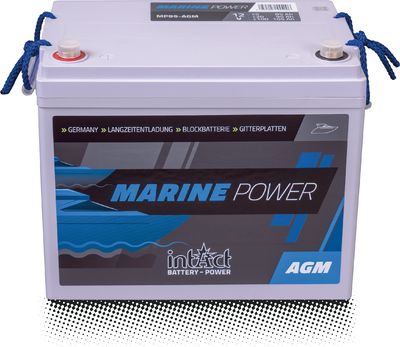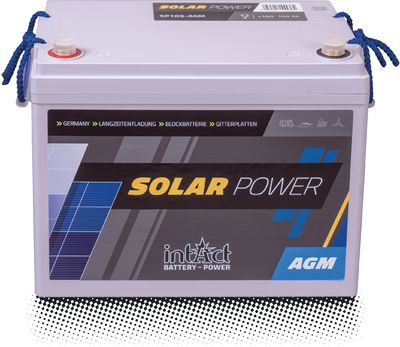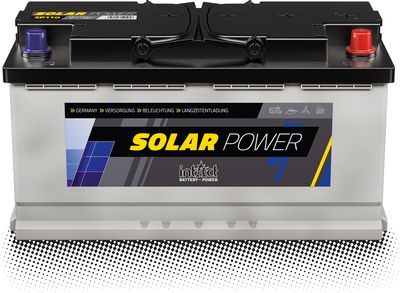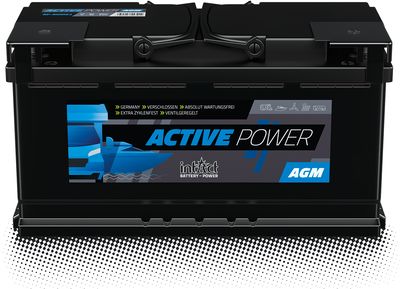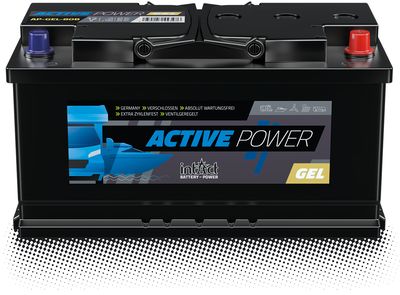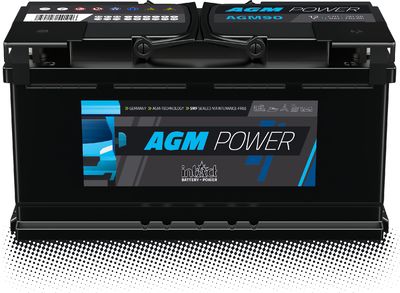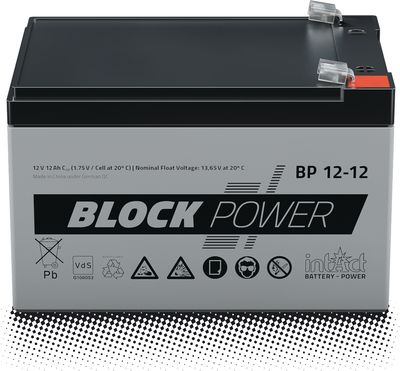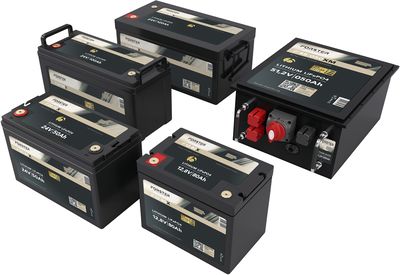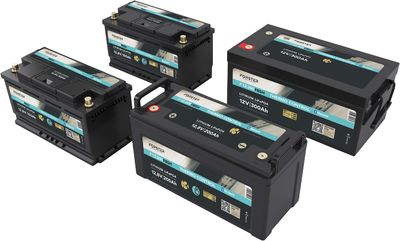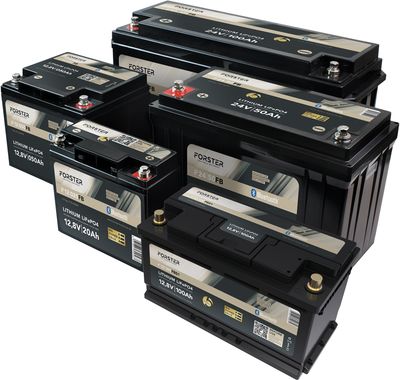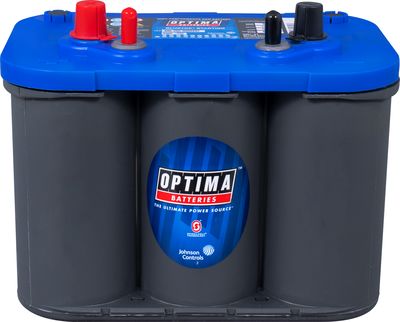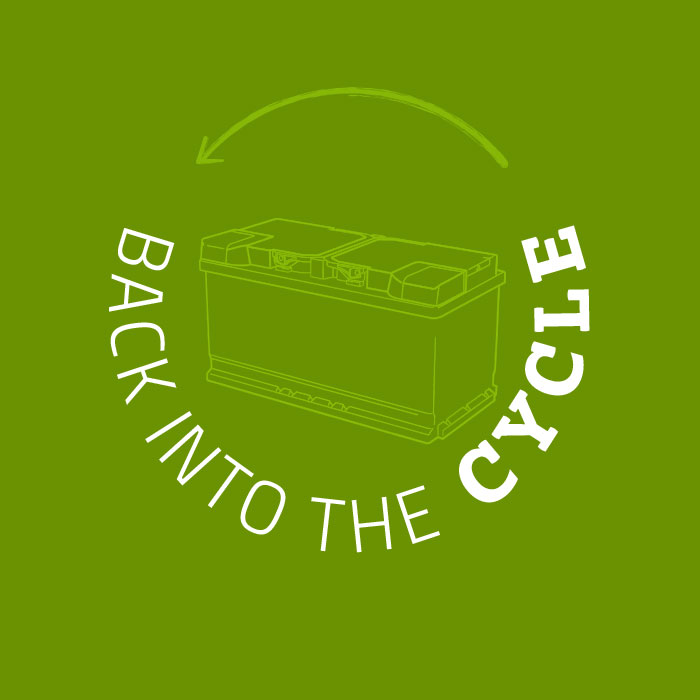
Batteries and sustainability - how do they fit together?
The main part of our battery range is lead-acid batteries, whether motorcycle and starter batteries, small traction and supply batteries, or our industrial batteries. A large part of the components of lead-acid batteries can be made from recycled raw materials and can also be recycled again. Such a recycling system means sustainability for us. It reduces the extraction of new raw materials with all their disadvantages for people and the environment and has a far better ecological balance.
- High recycling rate:
Their components are valuable and can be recycled for the most part. - Recycled material in new products:
Many recycled recyclable materials are used in lead-acid batteries. - Consumer support:
Returning batteries to the recyclable materials cycle is easy for the user who wants to dispose of a battery. - Safety for people and the environment:
Critical materials remain in the recycling system and are not disposed of unprotected.
Over 96% recycling rate - what does that mean?
The components of lead-acid batteries are valuable and, for the most part, recyclable. Lead, for example, can be reprocessed almost indefinitely and so-called secondary lead has a far better ecological balance than primary lead. Because the recycling of lead-acid batteries is worthwhile, the processes are well developed and a corresponding industry recycles the recovered raw materials and returns them to the production cycle. In addition to the grid material, the sulfuric acid, the pastes (the active material) and the PP cases are recycled. The separator material is thermally recycled.
Recycled material in new batteries
Numerous recycled materials are used in lead-acid batteries.
Our disposal and recycling partners process the recovered raw materials into lead and lead alloys, sulphuric acid, sodium sulphate, polypropylene, silver, gold etc. and returns them to production, for example to the lead-acid battery industry, the automotive industry and the chemical and electrical industries. Also in our batteries, in addition to the lead alloys, some of the casings are made of recycled plastics and some of the sulfuric acid is recycled.
How does your old lead-acid battery stay in circulation?
Batteries always contain critical substances. They must not be disposed of in the wild or with household waste. Retailers are obliged to take back and recycle batteries. This means that you can simply hand in your old battery at the retailer where you get the new one. And it's worth it, because there's a deposit on batteries that you have to pay if you don't hand in an old battery when you buy one. If you purchased the new battery from an online retailer, we recommend that you take the battery to a municipal collection point, such as a recycling centre. If you wish, you can obtain a certificate of proper disposal there, which you can use to claim your deposit back from the online retailer. Or you can use the deposit slip from your online retailer, if they provide one.
Special case lithium-ion battery
Lithium-ion batteries deliver high voltages and have a high energy density. They are at high risk of suffering and causing serious damage during transport. And this applies to all lithium-ion batteries, regardless of whether they are new, have aged normally, i.e. have reached their end of life, are damaged or are in a critical condition, for example due to improper handling. The collection, storage and transport may therefore only be carried out in special containers and by professionally trained companies.
